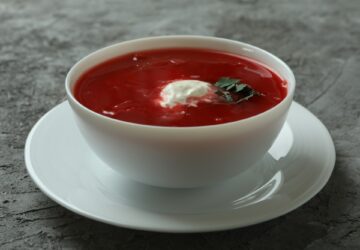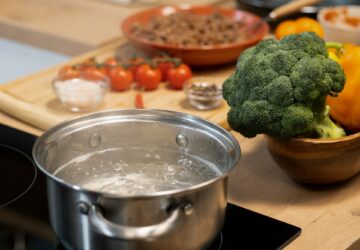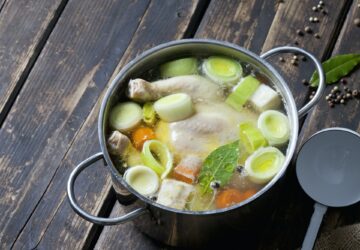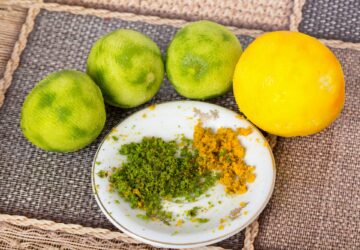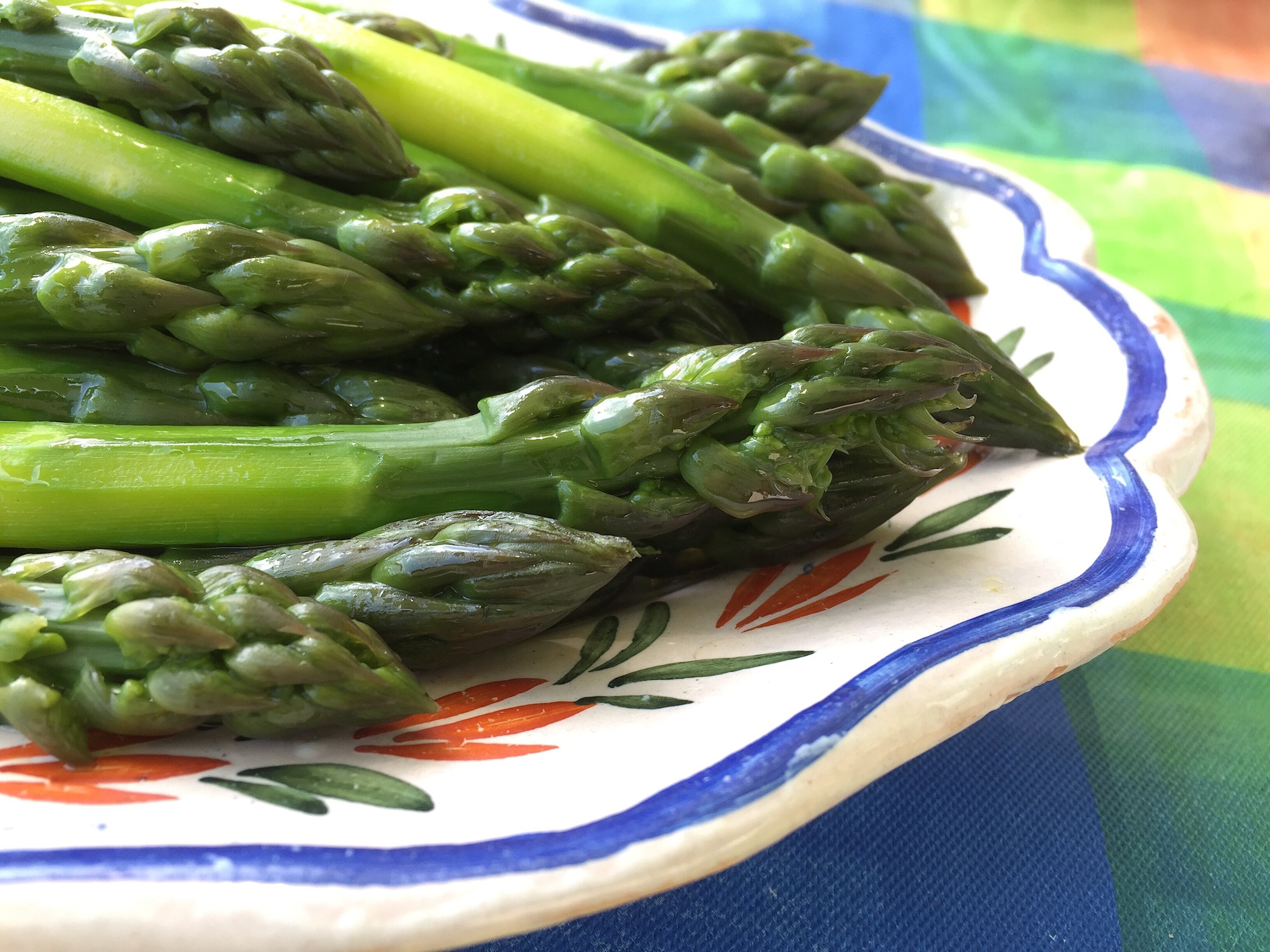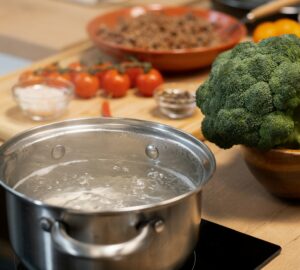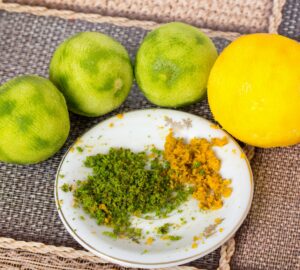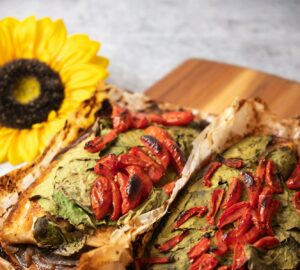Blanching is a cooking technique that involves briefly immersing food, usually vegetables or fruits, in boiling water followed by rapidly cooling them in ice-cold water.
This process is often employed to preserve the vibrant color, texture, and nutritional content of the ingredients while slightly softening them. Blanching is a versatile and essential technique in various culinary applications, including pre-cooking, freezing, peeling, and preparing vegetables for salads, stir-fries, and other dishes.
The primary purpose of blanching is to inactivate enzymes responsible for the deterioration of color, flavor, and nutritional value in vegetables and fruits. When food is subjected to high heat for a short duration, it destroys the enzymes that would otherwise cause browning, loss of nutrients, and textural changes during storage or further cooking. This technique also helps to remove any dirt or microorganisms on the surface of the food.
To blanch food, follow these simple steps:
- Prepare the ingredients: Wash and clean the vegetables or fruits, and cut them into uniform sizes to ensure even cooking.
- Boil water: Fill a large pot with water and bring it to a rolling boil. You can add salt to the boiling water to help maintain the food’s color and enhance its flavor, but this is optional.
- Prepare an ice bath: In a large bowl, combine equal parts ice and cold water to create an ice bath for rapidly cooling the blanched food.
- Immerse the food in boiling water: Carefully lower the vegetables or fruits into the boiling water, ensuring they are fully submerged. The cooking time varies depending on the type and size of the food, usually ranging from 30 seconds to a few minutes.
- Monitor the cooking time: Blanching should be done quickly to prevent overcooking. Use a slotted spoon or tongs to check the food’s texture and color. Once the desired tenderness and vibrancy are achieved, immediately remove the food from the boiling water.
- Shock the food in the ice bath: Quickly transfer the blanched food to the ice bath to stop the cooking process, locking in the color and texture. Allow the food to cool completely in the ice bath, which usually takes a few minutes.
- Drain and pat dry: Once the food is cooled, remove it from the ice bath, drain, and gently pat it dry with a clean kitchen towel or paper towel. The blanched food is now ready for further cooking, freezing, or serving.
Blanching has various benefits and applications in the culinary world. For instance, it can help loosen the skins of tomatoes, peaches, and almonds, making them easier to peel. It also aids in reducing the bitterness in certain vegetables like broccoli rabe and kale. Additionally, blanching is a crucial step in the process of freezing vegetables, as it helps to preserve their quality and shelf life.
Blanching is a fundamental cooking technique that every home cook and professional chef should master. By understanding the process and its benefits, you can enhance the color, flavor, and nutritional value of your dishes while simplifying food preparation tasks.
